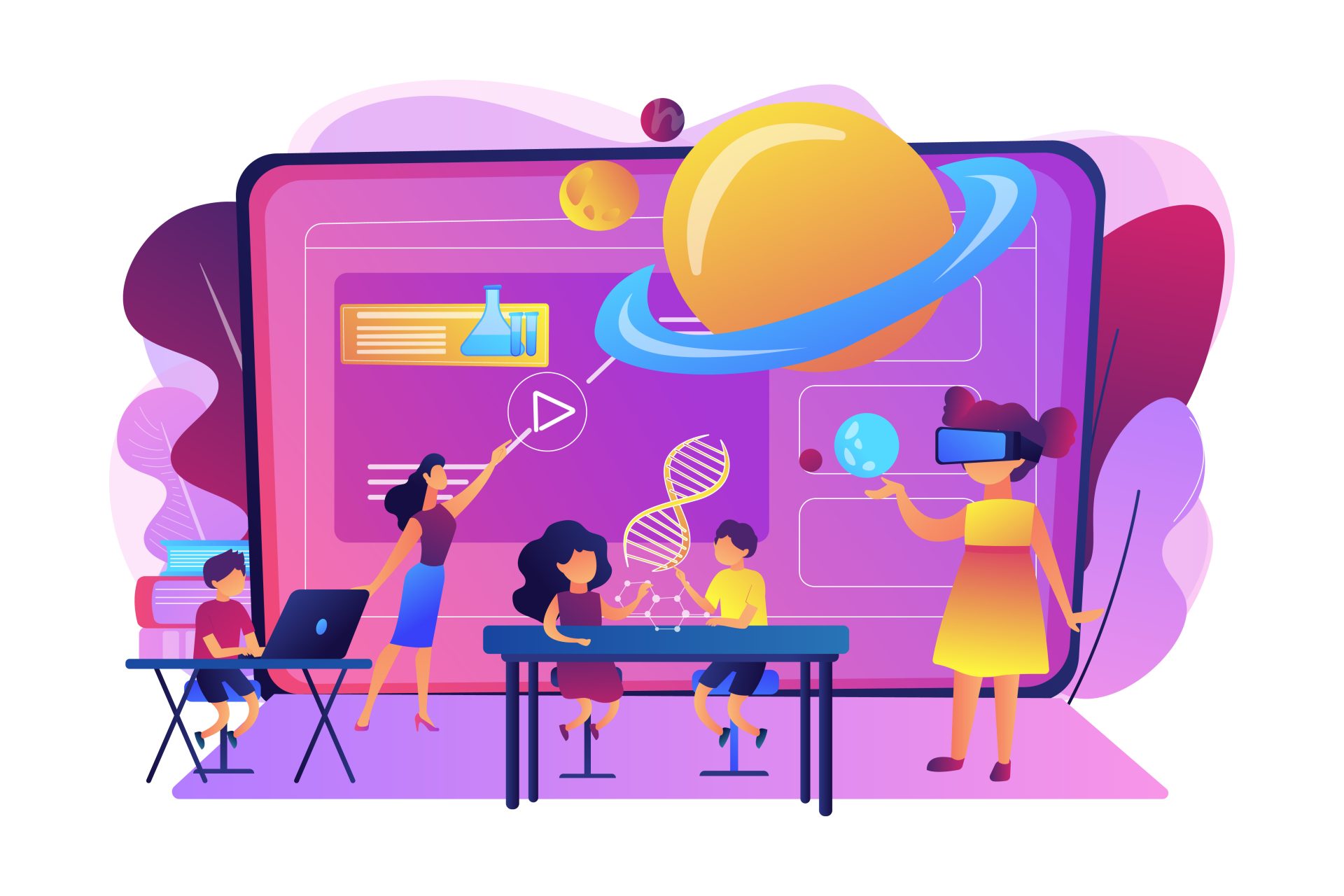
In Nunavik, the rich culture and history give us a unique classroom setting. As we start using more computers in our classes, here are some straightforward ways to make it work well:
Here’s our 5 suggestions!
- Stay in the Moment and Keep Moving
Blend Tradition with Tech: Using technology can incorporate the cultural heritage. For example, during a lesson about local stories, students could create presentations or animations. This approach fuses the traditions with modern tools.
Keep an Eye Out: In a computer-driven classroom, it’s vital to move around. This way, you can quickly address questions, monitor screen activity, and ensure students remain on-task. It’s a proactive way to spot distractions and off-task behaviors. - Start with Basics and Grow Together
Build from the Ground Up: In Nunavik, we shouldn’t assume computer literacy skills specifically when we are using a tool for the first time. Whenever introducing a new digital tool or software, begin with the basics. This creates an inclusive environment where every student feels competent.
Lean on Your Support: Remember, you’re not alone. The Ed. tech lead in your school and your Ed. Tech consultants are there to assist, be it with training or resource suggestions. - Work Together and Learn from Each Other
Encourage Group Work: Grouping students in clusters of four promotes teamwork. When they face each other, it minimizes screen distractions from neighbors and encourages conversation and collaboration. Students can learn from one another, turning challenges into shared learning experiences.
Experts Among Us: Sometimes, the best person to solve a tech issue isn’t the teacher—it’s another student. Consider designating tech-savvy students as classroom “tech leader” who can offer assistance to their peers.
- Plan Ahead but Stay Flexible
Be Ready for Tech Hiccups: Computers are fantastic, but they can be unpredictable. Whether it’s a lost internet connection or software updates, be prepared. Having a non-computer-based backup plan ensures uninterrupted learning.
Feedback Loop: Stay open to feedback. If students find a particular tool challenging or a method confusing, adapt and refine your approach. - Computers are Tools, Not Toys
Purpose-driven Tech Use: Emphasize that in the classroom, computers serve a specific purpose. It’s not about games or social media—it’s about learning.
Ready Resources: To foster independence, consider having resources like step-by-step guides, how-to posters, or even videos. This way, if students are stuck, they can self-help before seeking assistance.
Embracing technology in the classroom, especially in a place as culturally rich as Nunavik, requires thought, preparation, and adaptability. By considering these points, you can ensure a harmonious blend of tradition and technology in your teaching.
